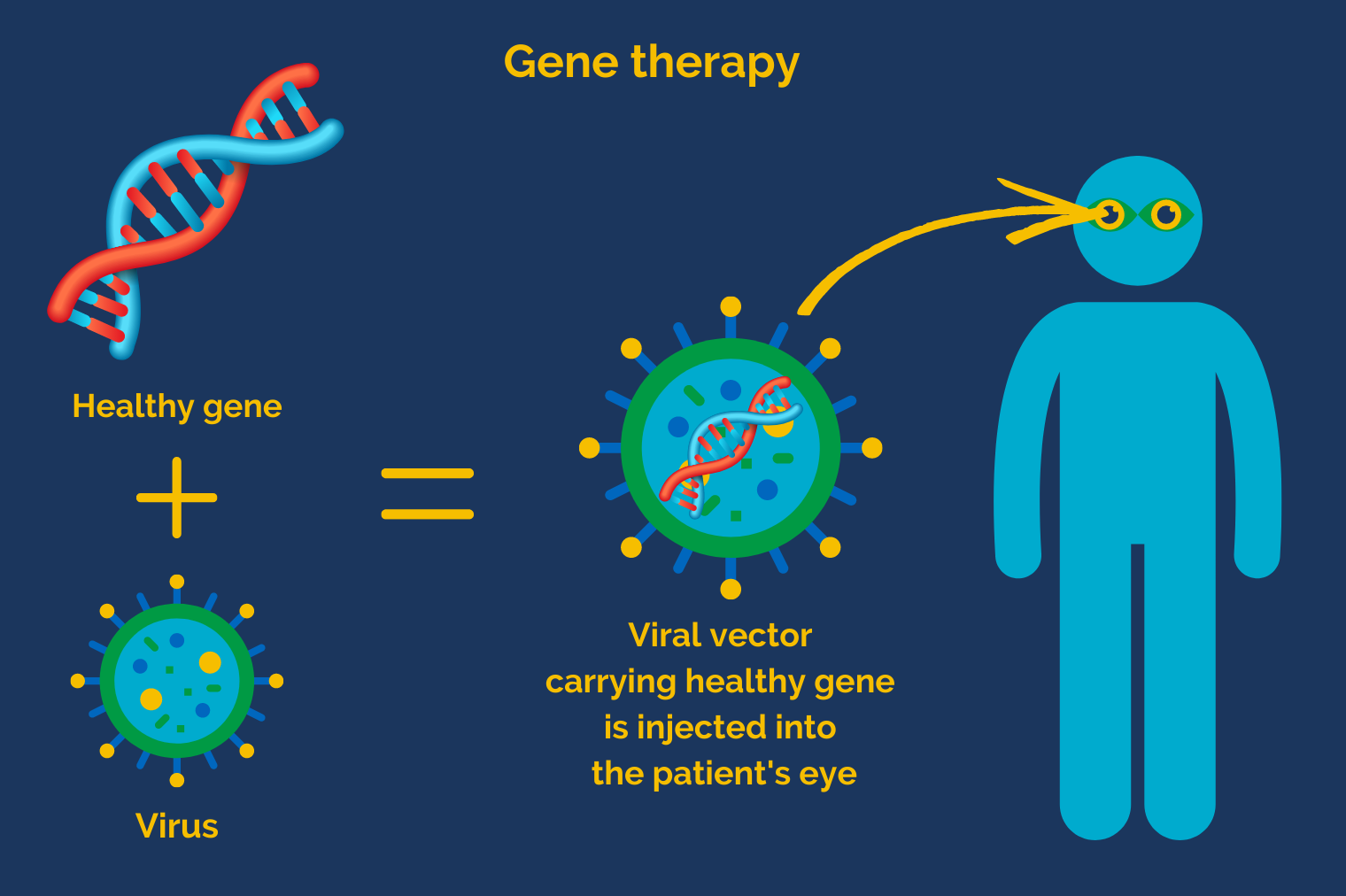Enhanced neuroprotection of the murine retina using capsid mutant exosome-associated AAV2.PEDF gene transfer
- Grant holder: Dr Patrick Yu-Wai-Man, Lecturer in Ophthalmology and Honorary Consultant in Neuro-Ophthalmology
- Institution: University of Cambridge and Cambridge Eye Unit Addenbrookes Hospital
- Grant award: £9,798
- Start: January 2020
- End: July 2021
Why is this research needed?
Diabetic retinopathy is the leading cause of blindness in the working age population of the UK. Some 750,000 people are believed to have “background diabetic retinopathy” which may eventually progress to total blindness.
Diabetes leads to high blood sugar levels, which causes blood vessels at the back of the eye to leak, become blocked, or grow haphazardly, causing inflammation. Inflammation stops the retina from being able to detect light and colour, which progressively leads to blindness. Currently, this problem can only be treated by regular injections into the eye.
What is the aim of the project?
Currently, diabetic retinopathy can only be treated by regular injections into the eye. Many patients require monthly injections, and aside from being unpleasant and inconvenient, the treatment carries an accumulating risk of adverse side effects and can also become less effective over time. The goal is to develop a gene therapy treatment in which a viral vector is used to carry therapeutic genes into the patient’s eye.
How does gene therapy work?
Sometimes the whole or part of a gene is defective or missing from birth, or a gene can change or mutate during adult life. Any of these variations can disrupt how proteins are made, which can contribute to health problems or diseases.
In gene therapy, scientists can do one of several things depending on the problem that is present. They can replace a gene that causes a medical problem with one that doesn’t, add genes to help the body to fight or treat disease, or turn off genes that are causing problems.

Healthy genes are delivered into the cells of the eye thanks to a special kind of “vehicle”: a viral vector. This is a virus whose harmful DNA has been replaced by healthy DNA but which retains its natural ability to deliver genetic material into cells.
How will this research help to beat sight loss faster?
The proposed treatment uses an AAV2 to deliver a protein, abbreviated PEDF, into the eye with the intended effect of preventing damage to neuronal cells in the eye. Ultimately, we hope our treatment will one day be used to improve the vision and quality of life of people with diabetic retinopathy.
Further information
You can find further information about diabetic retinopathy here.
Your gift can help find new sight-saving solutions.
If you can, please donate today. Thank you.



